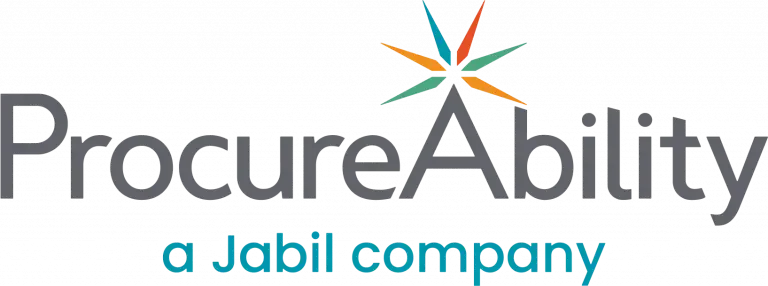WOULD YOU RATHER KNOW WHERE YOU’VE BEEN OR WHERE YOU’RE GOING?
The question is as relevant to procurement leaders as it is to drivers on the road–and the answer is just as obvious. Thanks to immense advances in artificial intelligence/machine learning (AI/ML) and other data analytics technologies, procurement is becoming a forward-looking function. With high and increasing degrees of accuracy, businesses today can predict not only when and where they will need critical supplies, but also where and when shortages or other issues are likely to surface, what to do to strengthen supplier contracts, and how much money will be saved from better procurement practices.
It wasn’t always this way. Three decades ago, procurement leaders’ forecasting abilities were severely constrained. Data wrangling and analysis were confined to Microsoft Excel spreadsheets that focused on past spending. The new millennium brought desktop spend analysis software, but information was limited to on-premise data located within the company’s firewall.
Changes over the past decade have enabled procurement teams to shift focus from the rear view to the horizon. Two big themes have dramatically strengthened their forecasting abilities.
- One, companies have grown comfortable with migrating to the cloud, facilitating access to more timely and more telling data sets.
- Two, ML- and AI-fueled analytics are enabling them to scenario plan in myriad ways, forecasting how changes in factors such as inflation, geopolitics, and even weather might alter the availability and pricing of critical raw materials.
The challenge is, many procurement functions haven’t availed themselves of these new capabilities, and that’s become a major issue amid one of the most severe global supply shortages we’ve ever experienced. The COVID-19 pandemic, and the war in Ukraine, have upset supply and demand dynamics across industries, with ripple effects stretching far and wide. We’ve all seen the images. Empty store shelves. Miles of idle container ships offshore waiting to unload. UPS and FedEx trucks racing around neighborhoods to dispatch online orders placed by remote workers and shut-in consumers.
AMID THE TUMULT, PROCUREMENT LEADERS HAVE FELT AN OUTSIZED SHARE OF THE PAIN
Some procurement leaders can’t get what they need, some face long fulfilment cycle times while others pay through the nose. At the same time, they’re dealing with unhappy customers or business partners waiting weeks for their purchases, or frustrated CEOs tired of lowering revenue forecasts specifically driven by supply shortages.
In the race to catch up, many firms have reflexively reached for the nearest whiz-bang, off-the-shelf procurement technology solutions, hoping they’ll solve its problems as soon as those applications are installed. It doesn’t work that way. Many solutions are built by technologists focused on a specific platform, and don’t incorporate the business realities that influence individual organizations. That includes workplace culture and resistance to change, one of the reasons why adoption rates for such solutions tend to be so low. There are also integration issues, as bolt-on technologies fail to work with existing systems and capture data needed for actionable insights.
At ProcureAbility, we chose a different path–taking the practitioner’s view
Our proprietary PureSpend technology solution uses integrated spend analytics tools to help procurement leaders undertake capacity analysis, rank risks to their supply chain and individual suppliers, and then deploys predictive analytics to enhance spend, price and market forecasting, and perform advanced cost modelling.
When you create a category engine, you will set rules for variables such as price sensitivities, which fluctuate under different market conditions. The more data you feed into the engine, the more accurate its forecasts become for capacity utilization, procurement costs, and potential bottlenecks.
Technology only takes you as far as the people who are supporting it. Our category experts work with our clients’ leadership teams to understand the what’s critical to decision making so we can prioritize their most important procurement issues and address them. They constantly ask “what if” questions and analyze possible scenarios to help our clients get ahead of any issues and meet projections.
In the current global supply crunch, finding the right procurement partner is like driving with GPS. As good as it is, we’ve all been steered incorrectly at times. These days, you need not only the technology, but someone who knows the neighborhood and can course correct. That’s what we do at ProcureAbility, and we can help you on your procurement journey. We’re with you, every step of the way.




